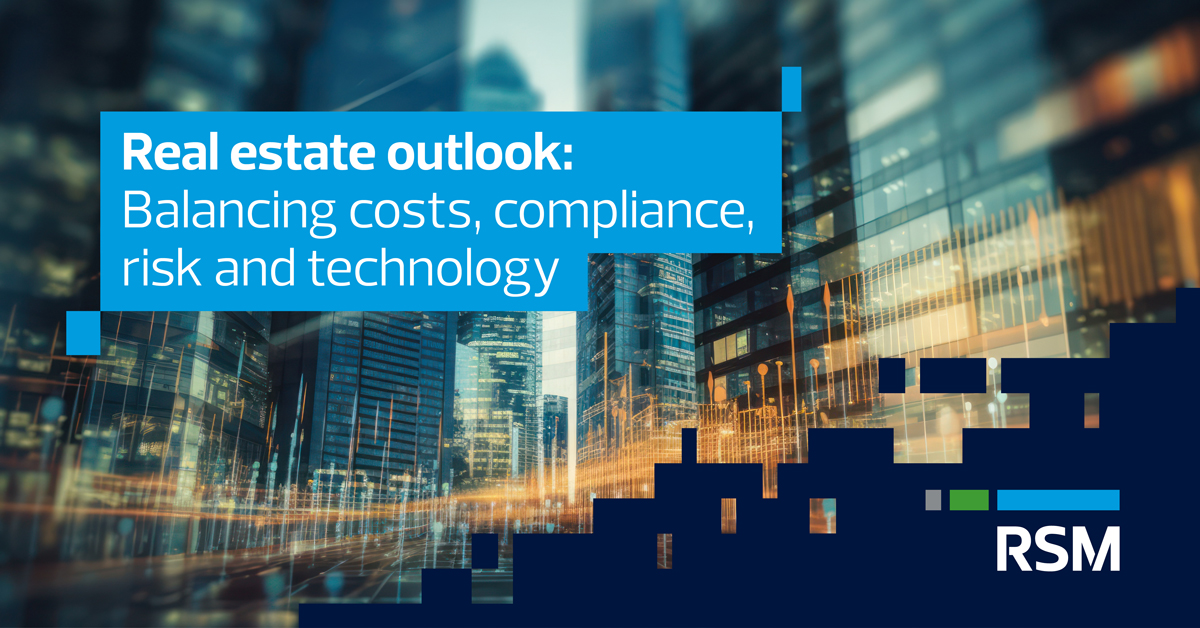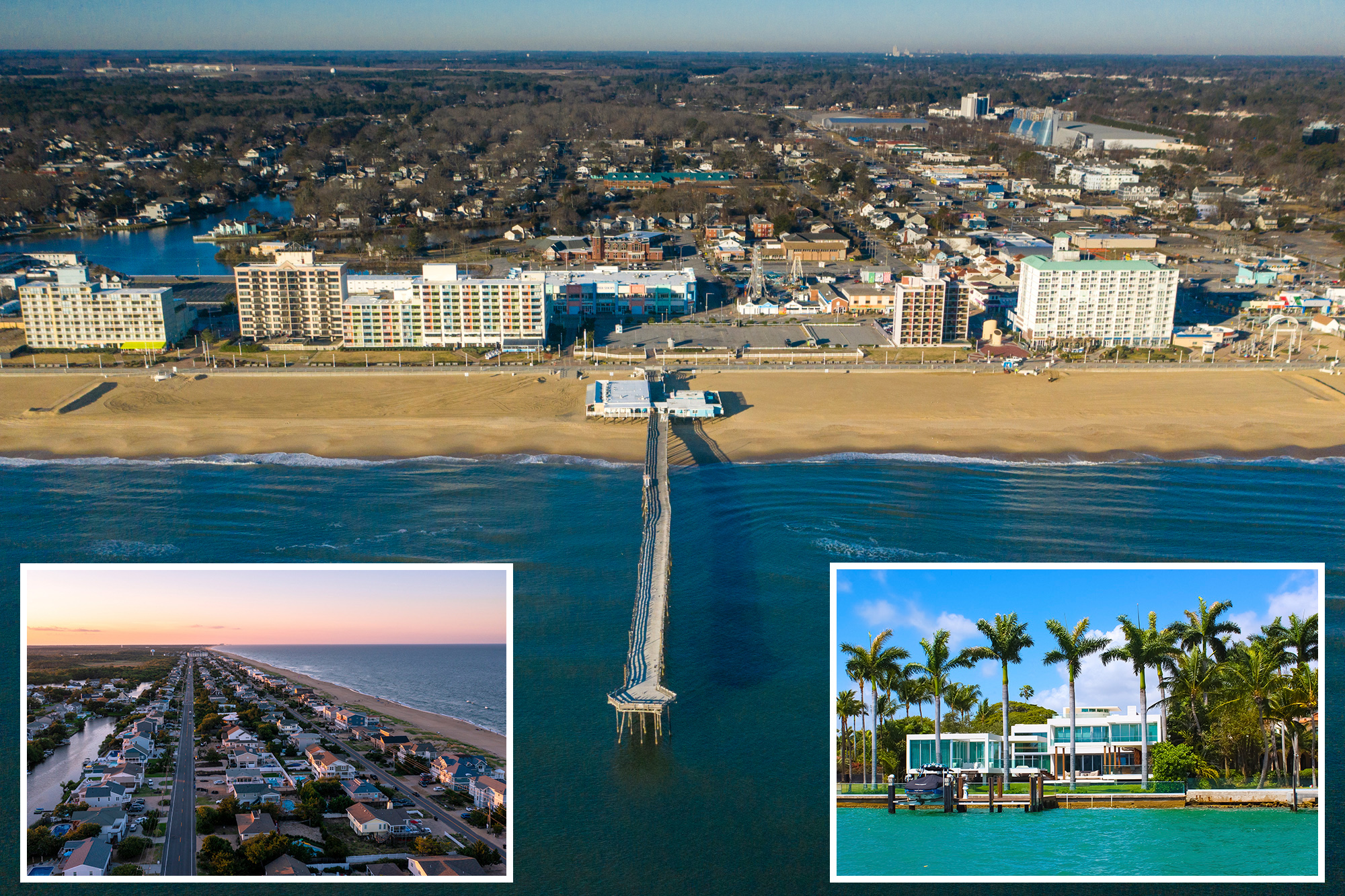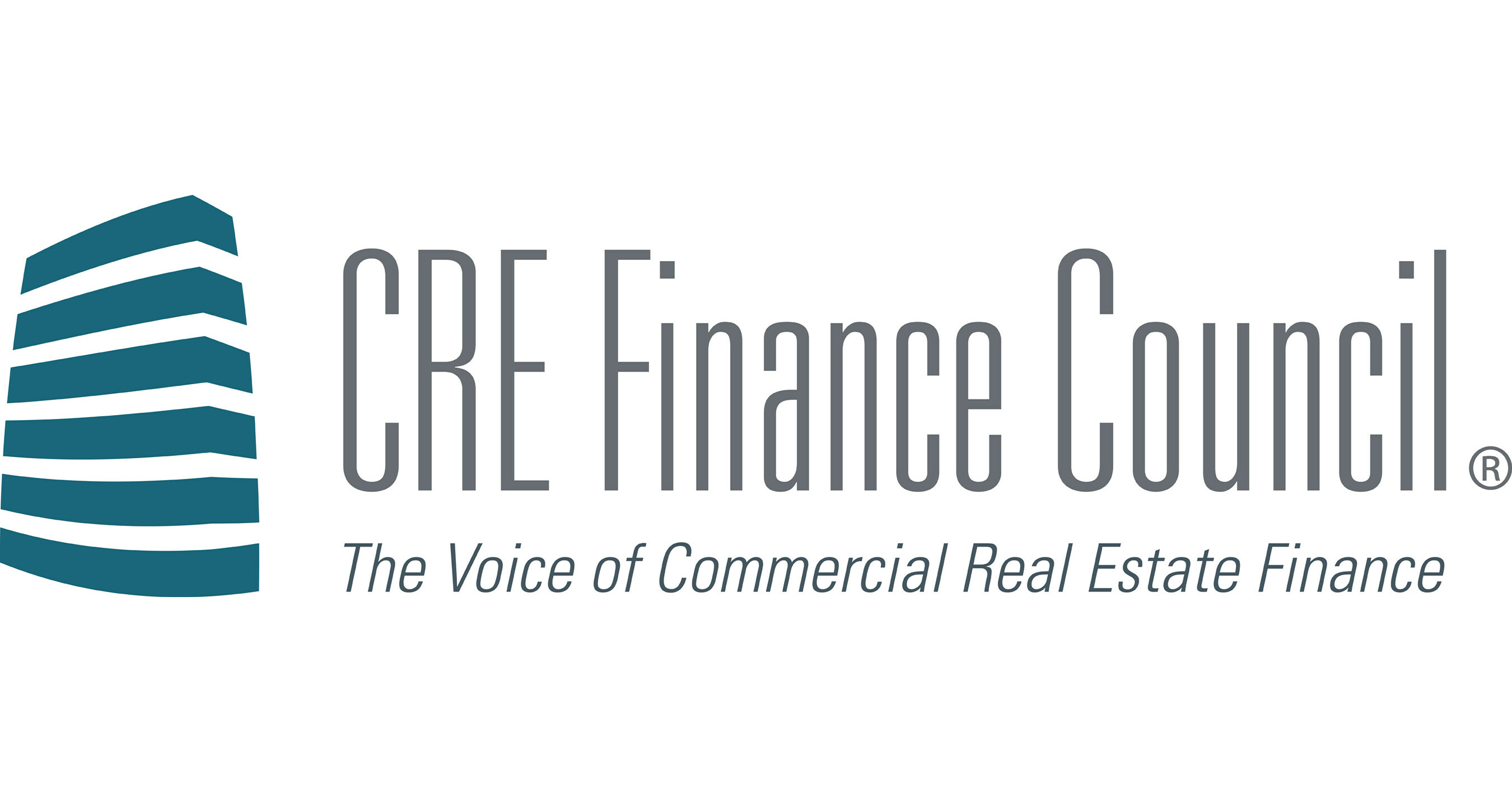I
ndustrial real estate is undergoing a significant transformation driven by cooling tenant demand, tariff pressures, and evolving supply chain strategies. The focus has shifted from sheer square footage to precision in functionality and resilience, reflecting broader economic and technological changes.
Inventory overhangs remain well above non-recessionary averages, suggesting businesses are holding excess supply. Stockpiles of durable goods, particularly machinery, metals, and automobiles, remain elevated, pointing to an expected manufacturing slowdown as weak housing and auto demand collide with rising tariff risk. As inventories are gradually worked down, inflationary pressures are likely to build in the second half of the year.
Trucking is already feeling the strain of uncertainty in restocking decisions and slow imports. Loaded truck crossings into the U.S. fell 13% from Canada and 6% from Mexico in April, per the U.S. Department of Transportation. Small and midsize haulers are especially vulnerable to this shock.
The U.S. industrial sector must absorb a wave of refinancing risk and excess vacancy before it can fully recover. Commercial real estate loan quality is deteriorating just as the industry confronts a historic refinancing wall, with large banks reporting a 4.65% rate on non-owner-occupied loans—nearly eight times above prepandemic norms.
The third-party logistics boom of 2021-22 collapsed by late 2023, resulting in excess warehouse space flooding the market. National industrial vacancy reached a decade high of 7.5% in Q2 2025 as industrial deliveries continue to outpace absorption. This has led to sellers offering large vacant warehouses at steep discounts, softening rents.
Rising tariffs on steel, aluminum, and other core construction materials are raising local input costs, while tight labor markets and macroeconomic uncertainty are freezing new starts. With just 52.6 million starts in Q2 2025, construction activity hit its slowest pace since Q1 2015—well below the quarterly average of 87.6 million.
Global companies are consolidating U.S. operations to reduce cross-border exposure, increasing sublease availability in Canada as these companies vacate or downsize space amid tapering demand. Supply chain risk management will become paramount in the coming years, with 91% of middle market respondents in the U.S. and Canada saying they need to invest in operational technology.
Investment capital is pivoting from scale to control, with owner/user transactions exceeding $1 billion in late 2024 and early 2025, accounting for 34% of Q1 2025 volume. Private capital dominated deals under $25 million, while institutional buyers captured 45% of Q1 volume over $50 million.
Tenants are choosing function over footprint, valuing resilience, automation readiness, and digital infrastructure in site selection and asset quality. Newer industrial spaces allow tenants to operate more efficiently, with average lease sizes shrinking from 200,000 to 160,000 square feet year over year.
As costs rise and labor tightens, tenant preferences are shifting toward automation-ready facilities that reduce reliance on people. Assets with infrastructure-like features such as high ceilings, advanced HVAC, redundant power, and robotics compatibility are expected to command rent premiums and accelerate the obsolescence of older industrial properties.
The new industrial real estate playbook is about resilience, functionality, and execution. Tenants want less friction and more control while investors want less exposure and more precision. Trends such as automation, adaptive reuse, digital infrastructure, and decentralized logistics mark 2025 as an inflection point, where industrial real estate value will be defined not by the amount of space controlled but by how effectively that space enables tenant operations, supports supply chain efficiency, and accommodates capital investment.












